Renowned Speakers
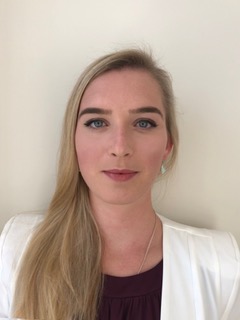
Olivia Ruth Pandora Kenyon
Lister Hospital, UK UK
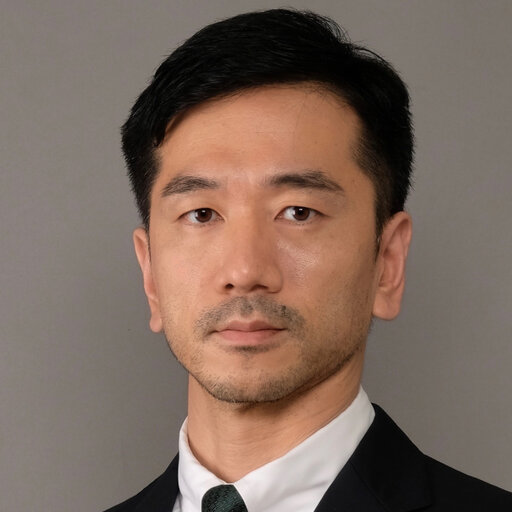
Kei Hosoya
Nippon Medical School Chiba Hokuso Hospital,, Japan Japan
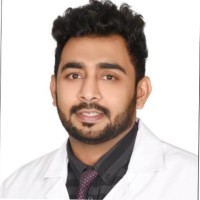
Mohammad Sabir KN
Tawam hospital Al Ain , United Arab Emirates UAE
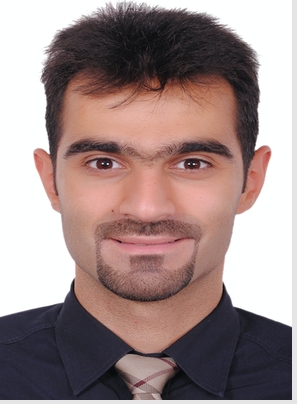
Mahmoud Ebrahim
Zain Hospital, Kuwait Kuwait
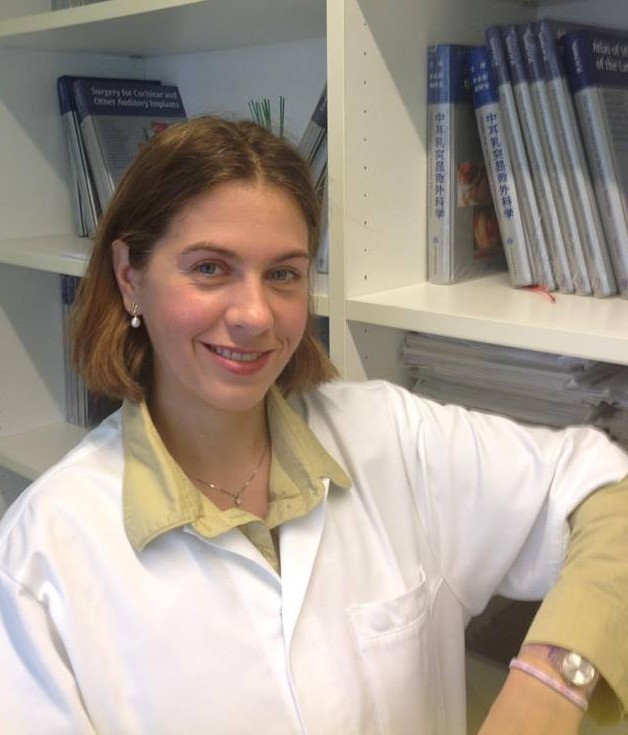
Golda Grinblat
The Gruppo Otologico, Italy Italy
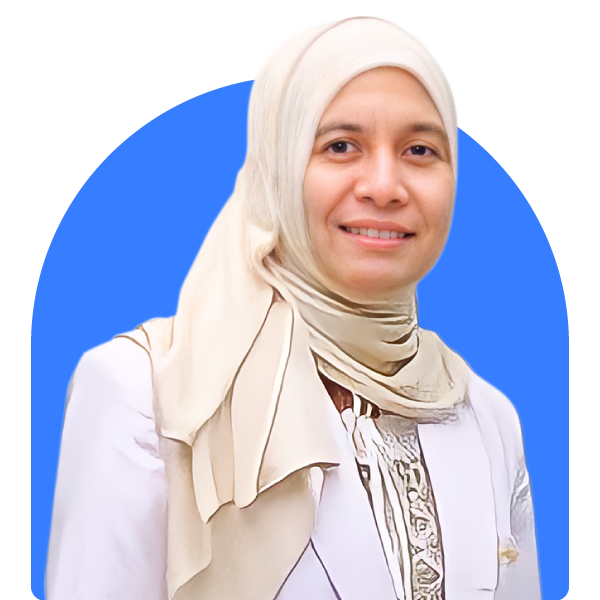
Masyita Gaffar
Hasanuddin University, Indonesia Indonesia

Lomaeva Yuliya Vladimirovna
Viterra multidisciplinary clinic,, Russia Russia
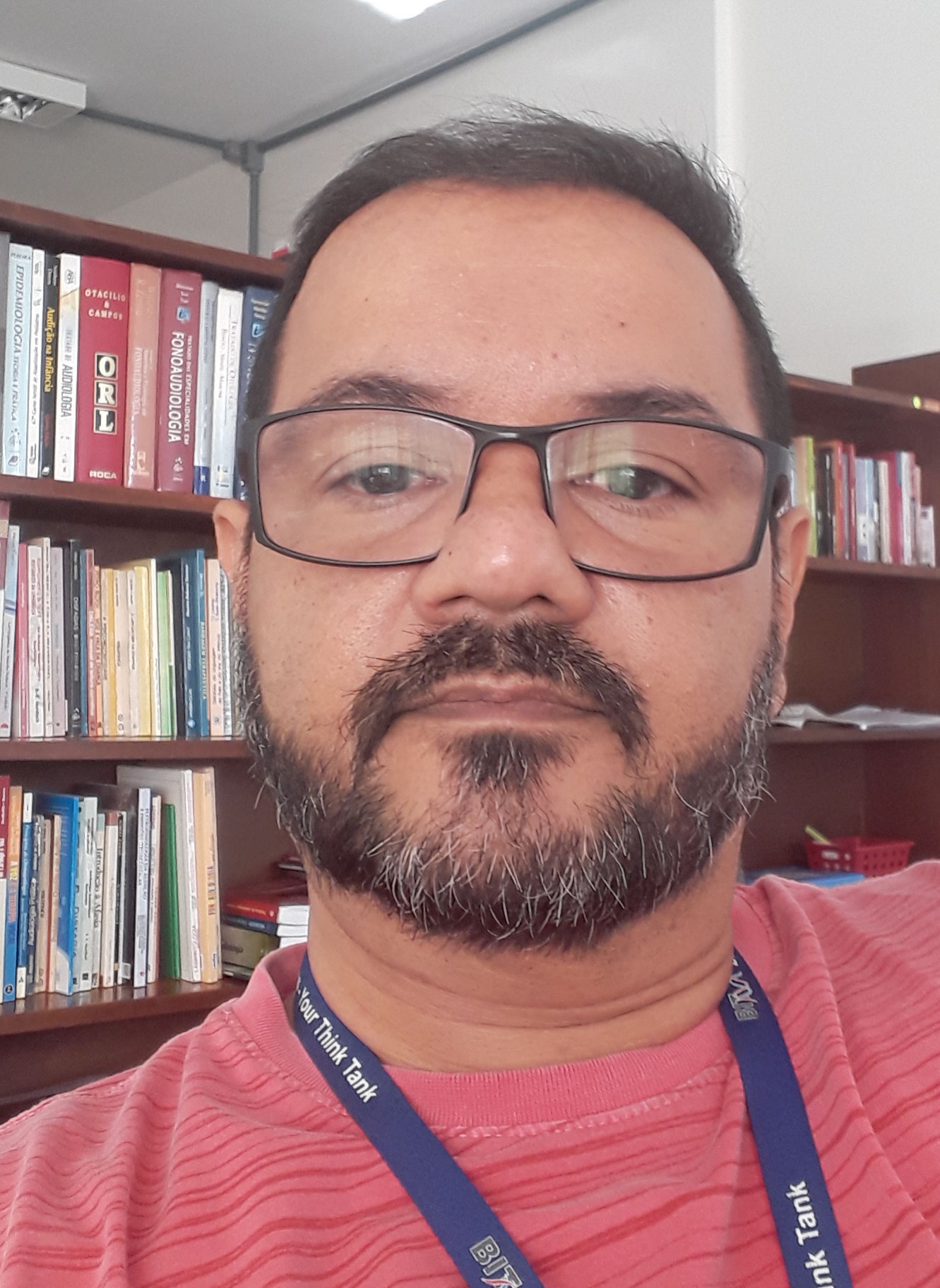
Eduardo Magalhaes da Silva
University of BrasÃÂlia,, Brazil Brazil
Recommended Global Surgery Webinars & Conferences
Asia Pacific & Middle East
Canada
ORL CONFERENCE 2025
To Collaborate Scientific Professionals around the World
Conference Date October 30-31, 2025
For Sponsors & Exhibitors
Speaker Opportunity
Useful Links
Past Conference Report
Supported By
All accepted abstracts will be published in respective Conference Series International Journals.
Abstracts will be provided with Digital Object Identifier by
